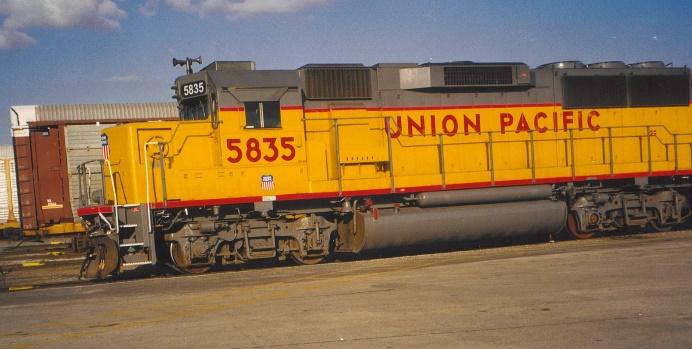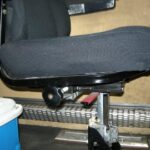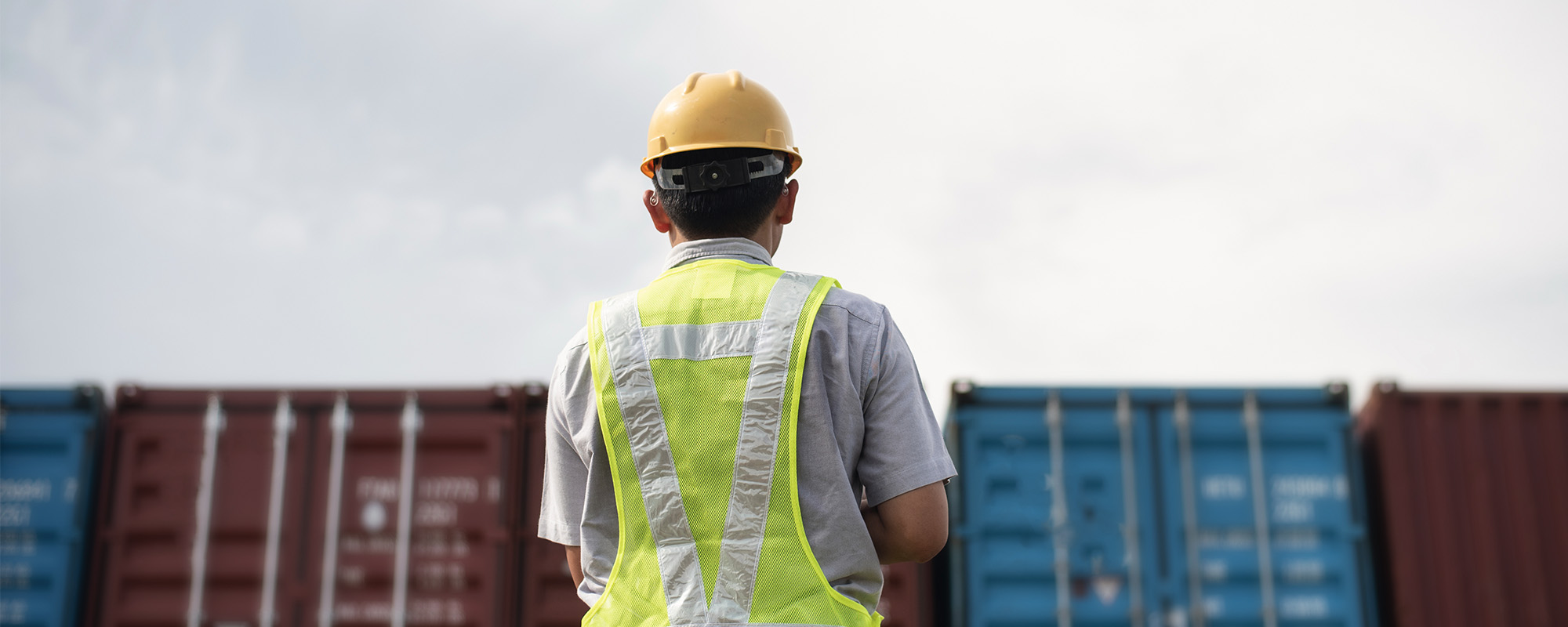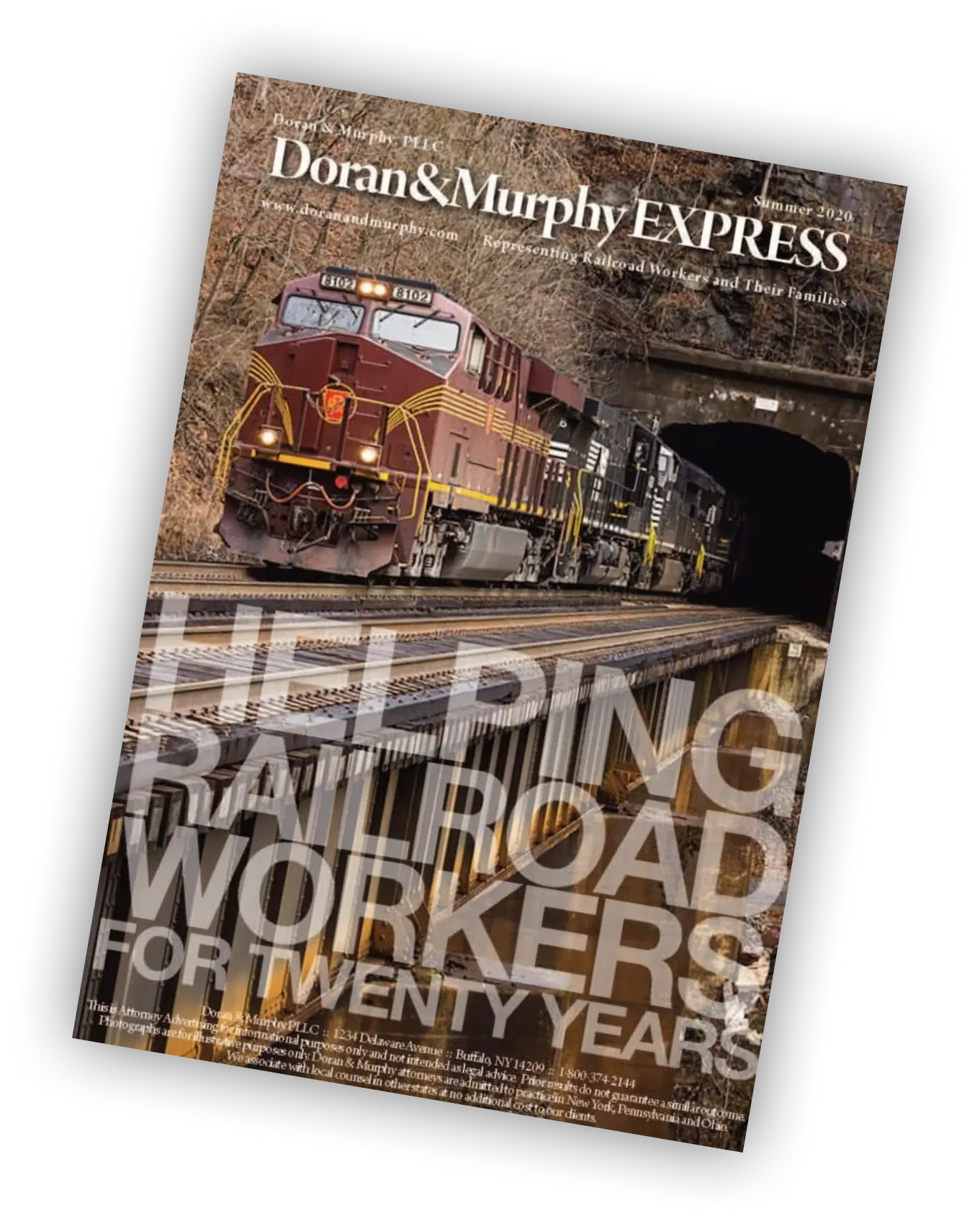
The Federal Employers’ Liability Act (FELA) has been around for over 100 years and was passed with one goal in mind: to try and protect railroad workers from injury and death. As the Supreme Court of the United States recognized in the landmark case of Wilkerson v. McCarthy, the FELA was meant “to put on the railroad industry some of the cost for the legs, eyes, arms, and lives which it consumed in its operations.” Passage of the law was desperately needed because of the fact that so many workers were dying every year. In the early 1900s, a railroad brakeman had only a 1-in-5 chance of dying from natural causes! Similarly, on average, a switchman on the railroad only had a life expectancy of just seven years after being hired!
The good news is that the FELA has been successful in substantially reducing injuries and death. Railroad safety has improved and injuries are much less common. Unfortunately, though, certain railroads still choose to cut corners on safety which can lead to severe injuries and death for workers. This reality is especially true in this era of Precision Scheduled Railroading which was discussed in a prior blog.
One area where railroad workers continue to get hurt is on locomotives. Our office has successfully handled cases for engineers, conductors, hostlers and diesel repair shop workers who have sustained serious injuries while:
- setting or releasing locomotive handbrakes,
- slipping or tripping on water, ice, oil, and other objects (water bottles, wrenches, etc.) on locomotive floors,
- sitting in a defective or unsecured locomotive seat,
- entering or exiting a locomotive through a door that does not open or close properly,
- using a ladder or sill step that breaks or is bent.
Of course, there are many other ways railroad workers can get hurt on locomotives that would create liability on the part of the railroad and require the railroad to pay the injured worker compensation under the FELA for past and future lost wages, medical bills and pain and suffering.
While many railroad workers may have heard about the FELA, very few are familiar with one of its sister statutes, the Locomotive Inspection Act (LIA). In short, the LIA requires that all locomotives and their many parts must be in proper condition and safe to operate without unnecessary danger of injury. If a worker gets hurt due to an unsafe condition on a locomotive, the railroad is responsible for 100% of the damages and cannot try to blame the injured worker because a LIA violation is an “absolute liability law” – this means that the railroad cannot argue that there was “comparative negligence” on the part of the worker in contributing to his or her injury. As an example, in a regular FELA injury case, if a worker was found to be 15% comparatively negligent, any verdict of money damages could be reduced by 15%. However, if the LIA is also violated, the worker would get 100% of the damages owed for wages, medical bills and pain and suffering.

There are many lawyers out there with fancy websites that advertise for personal injury cases. However, they do not have a 25+ year history of successfully handling FELA and LIA cases. If you or a loved one have been hurt on a railroad locomotive, call the railroad injury lawyers at Doran and Murphy, PLLC, at 1-800-374-2144 or you can contact us online here. Our attorneys have represented injured railroad workers all over the country! We have extensive experience in cases against all the major railroads and a large number of short lines and are ready to protect your rights!





